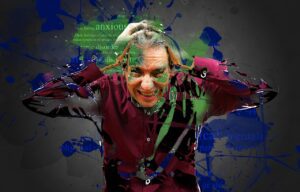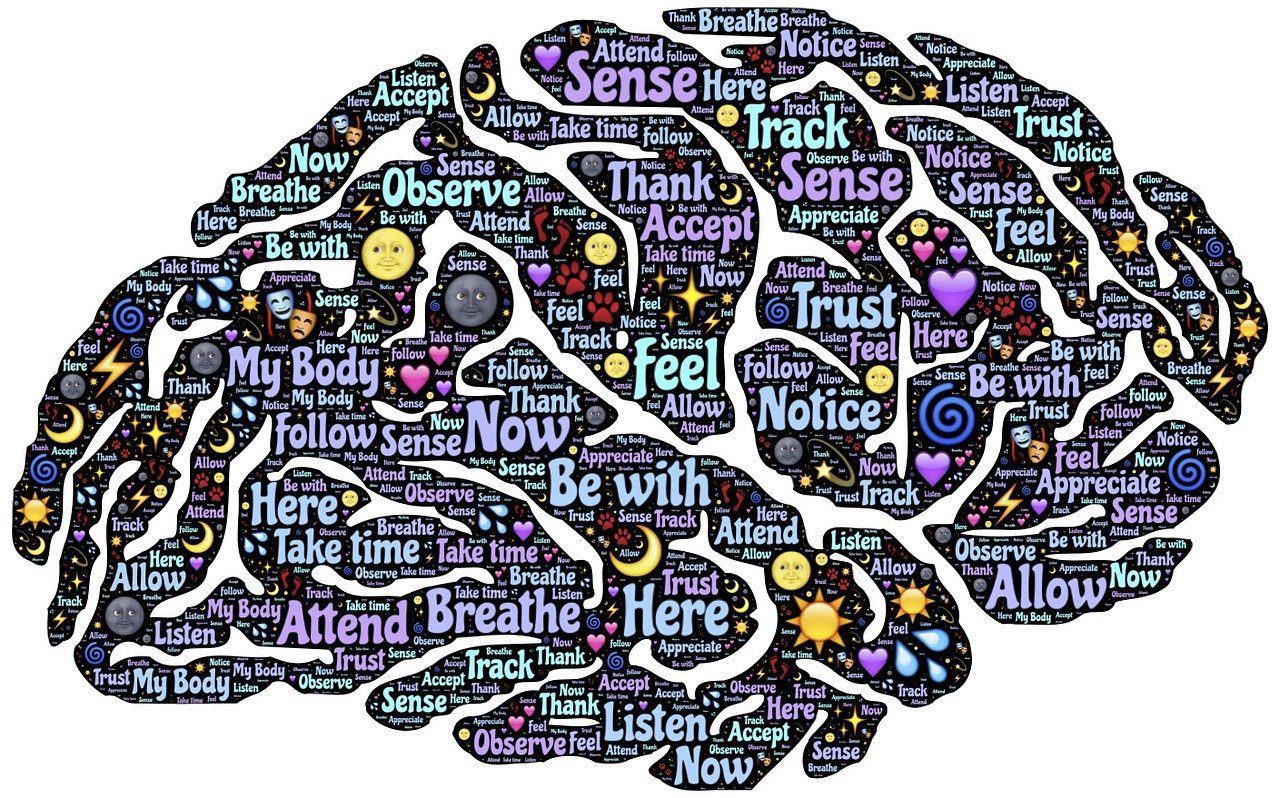Holistic & Mental Wellness:
Why a Mind, Body, and Soul Tune-Up Is Necessary for True Fitness
A single number ruled the fitness discussion for years: burn rate. Intensive workouts, strict diets, and a constant search for a physical ideal were all part of it. We frequently viewed our bodies as separate creatures to our thoughts, counting steps, tracking weight, and pushing them to the limits. However, a significant shift is underway. We are waking awake to a more old, more full truth: you cannot compartmentalize your health.Developing a stronger body is just one part of real, permanent health; another is creating a more flexible, contented, and happy self. This is the basis of the most important health movement of the present day, physical and mental health. It is realizing that your mental, emotional, and physical health—not to mention even your metaphysical connection—are all deeply linked and not just connected.
This is not an alternate, flowery idea. It’s a realistic, scientifically supported method of improving one’s quality of life. Let’s talk about how you can start tuning up your whole being and go over the burn.

The Basis: Comprehending the Mind-Body Dialogue
Your mind and body are always communicating with each other. Consider a period when you had extreme anxiety. Your body reacted to the stress your mind manufactured, producing tense shoulders, sweaty hands, and a pounding heart. Turn it back now. Despite not feeling like it, recall a time when you exercised, such as going for a walk or practicing yoga. Your mind replied to your physical movement with information, less tension, and a feeling of peace.
A complex web of neurotransmitters and hormonal makes this possible. Exercise causes the production of opiates, which are natural pain killers and mood boosters, dopamine, which is a reward chemical, and serotonin levels, which control the state of mind, appetite, and sleep. With a mental picture, you are washing your brain with chemicals that make you feel good.
A comprehensive strategy purposefully makes use of this discussion. It entails asking “How did my workout make me feel?” in addition to “Did my workout burn 500 calories?”
Pillar 1: Use the Correct Movement to Relax Your Mind
Though the “dose” is important, exercise is a potent medication for mental wellness. The outdated “no pain, no gain” mindset may really work against you by causing physical tension that wears you out mentally.
1. Discover Your Joyful Movement: The activity you will perform most often is the finest. Don’t run if you detest it! Burnout is inevitable if you force yourself to do exercises you hate. Instead, explore. As a child, did you like dancing? Take a Zumba class. Do you find tranquility in nature? Take a hike. Enjoy community? Join a team for leisure sports. You are taking care of your emotional health just as much as your physical health when activity seems like enjoyment rather than punishment.
2. Adopt “Fitness Snacking”: You may benefit mentally without a 90-minute workout. “Healthy breaks”—short moments of activity during the day are really beneficial. You may considerably decrease your stress levels and refresh your energy with a 5-minute daily stretching routine, a 10-minute yoga session during your break at work, or a strong 15-minute exercise in the afternoon. With this method, exercise becomes a part of your life and continuous as opposed to a daunting stand-alone endeavor.
3. Don’t Undervalue Gentle Modalities: Exercises like Pilates, Chinese martial arts, and Yoga are powerful exercises for mental and physical health. They effectively enhance the relationship between mind and body through the use of relaxation, exercise, and physical activity. They teach instantaneous mindfulness, reduce the production of cortisol, and increase flexibility and power.
Pillar 2: Fuel Your Brain by Feeding Your Gut
Being your gut’s “second brain” is more than just a catchphrase. The vague nerve, a vast communication superhighway, connects your brain and digestive system directly. Your mood and mental state are greatly influenced by the wide range of neurotransmitters produced by the trillions of bacteria that comprise your gut microbiome.
The Function of the Gut-Brain Axis: An poor gut microbiota is connected to greater incidences of anxiety, sadness, and cognitive fog. On the other hand, the stomach produces 90% of the calming neurotransmitters, such as serotonin and GABA, when it is diversified and healthy.

How to Eat to Support Mental Health:
Make Fiber-Rich Plants a Priority: Prebiotics are foods for your good gut flora and include fruits, vegetables, legumes, and whole grains. It will be grateful to you if you feed them right away.
Incorporate Fermented Foods: To quickly introduce beneficial yeast strains, include natural microbes such as fermented milk products, kimchi, cabbage, kombucha, and dairy.
Keep Yourself Hydrated: Even little hydration can cause distress and decrease ability to think clearly. All processes in biology, such as those in the mind, depend on freshwater.
Observe Food Moods: Take note. After consuming a lot of processed food, do you feel lethargic? After too much sugar, are you anxious? You can determine which meals make you feel your best and which don’t by keeping a simple notebook.
Pillar 3: Control Your Sleep & Recuperation
A stressed-out existence is impossible to out-exercise. Your body cannot heal if your nervous system is in “fight or flight” mode all the time, and your mind will be caught in a vicious cycle of worry. Recovery is where the magic happens—both physically and psychologically.
1. Sleep Is Non-Negotiable: The best holistic treatment is sleep. Your brain processes emotions, organizes memories, and eliminates metabolic waste while you sleep. One of the quickest paths to mood swings, decreased immunity, and poor cognitive performance is chronic sleep deprivation.
Try to get 7–9 hours of good sleep.
Establish a relaxing nighttime routine that includes reading a book, having a warm bath, and avoiding electronics for an hour before bed.Make sure your room is quiet, dark, and chilly.
2. Engage Your “Rest and Digest” System: You need to consciously activate your parasympathetic nerve system to counteract stress.The quickest method for hacking your neurological system is breathwork. For immediate calming, try diaphragmatic breathing or basic box breathing (inhale for 4 counts, hold for 4, expel for 4, hold for 4).
Meditation and Mindfulness: An hour of meditation is not necessary. Your brain may be trained to be less reactive to stress by spending five minutes each day sitting quietly and paying attention to your breathing.
Nature Therapy (“Forest Bathing”): It has been shown that spending time in nature and intentionally using your senses may enhance mood, decrease blood pressure, and lessen the creation of stress hormones.
Pillar 4: Foster Purpose and Connection
Holistic health is more than just oneself. Connection is deeply rooted in human nature. Our physical and mental health are severely strained by feeling isolated and alone.
Social Fitness: Take care of your relationships. Join a group with similar people, having coffee with a friend buddy, or speaking on the phone with a family member all provide to a feeling of support and connection that is important to our health.
Discover Your “Why”: When movement is linked to a goal greater than beauty, it seems more significant. Is having the energy to play with your children your “why”? On your next trip, are you planning to trek a mountain, to effortlessly carry your own groceries as you become older? Making the connection between your healthful behaviors and a more profound goal gives you a strong, long-lasting intrinsic drive.
Bringing Everything Together: A Day in the Life of Holistic Practice
You don’t have to execute everything flawlessly because of this. It all comes down too little, regular integrations.
Morning: Take five minutes moving as opposed to searching. A high-protein, dietary fiber breakfast. Breakfast takes a fifteen-minute stroll outside. A salad full with beautiful vegetables.
Evening: A fun exercise, such as a weightlifting session or dancing class. Putting your phone aside an hour before bed to read. Water consumption throughout the day. breathing deeply while under tension. sending a buddy an SMS.

Holistic health does not aim for perfection. It’s consciousness. It includes giving attention to your physical signals, respecting the requirements of your mental abilities, and realizing that showing affection for a particular part of yourself also takes care of all of it. It is the height of confidence. So, got off the spinning wheel of severe physical activity and excessive diet tracking. Pay carefully. Create an active existence that feels as wonderful on the internal level as it does on the outside by eating your mind and moving your body happily.
